Budapest: Where the Royal Meets the Ruined
Budapest is a city of contrasts. On one bank of the Danube lies Buda, its castle perched on a hill, cobbled lanes winding toward baroque courtyards. On the other, Pest hums with cafés, ruin bars and elegant avenues that never really sleep. The bridges tie them together, and if you give the city three or four days, it ties you in too.
I arrived with a short list of must-sees but quickly learned that Budapest rewards curiosity. It’s a city where the grand and the gritty sit side by side, where the guidebook classics can be magical, yet the real stories often live just a few streets away.
So here’s my personal take on the best things to do in Budapest — to really feel its authentic vibe.
The Icons of Budapest
Some sights are unavoidable — in the best sense. They’re crowded for a reason, and seeing them once reminds you why Budapest captures so many hearts.
Hungarian Parliament Building: The city’s fairytale palace rising over the Danube in a shimmer of spires and domes.
Buda Castle and Fisherman’s Bastion: A hilltop terrace and popular photo spot overlooking the Danube, infused with Parliament views and the warm cinnamon scent of chimney cake, with Buda Castle just nearby.
Chimney cake at the Fisherman’s Bastion
St. Stephen’s Basilica: A majestic basilica where you can climb the dome by day and listen to music echo through its walls by night.
Gellért Hill: A hilltop lookout where sunset gathers Budapest into one glowing scene — bridges, rooftops and Parliament shimmering in the fading light.
Thermal Baths: The Good, the Bad and the Alternatives
Budapest is all about its baths — but if you’ve heard everyone rave about Széchenyi, here’s the truth: yes, it’s iconic with those yellow walls and steaming pools, but it’s also crowded, pricey and full of selfie sticks.
If you want something more relaxed and authentic, here are a few less touristy picks:
Rudas Spa – Ottoman domes, mineral pools and a moody old-world vibe without the chaos.
Palatinus Spa (Margaret Island) – A green retreat on Margaret Island — a beautiful place to wander, especially in spring when the cherry trees bloom.
Mandala Bath – Smaller, quieter and designed for atmosphere.
Eating and Drinking in Budapest
Hungarian food is hearty, paprika-rich and comforting — gulyás, lángos, chicken paprikash and stuffed cabbage are staples you should taste at least once. For the best versions, try Café Kör, Hungarikum Bisztró, Lángos Papa or Gettó Gulyás — or dive into Hungarian flavours on a curated food tour or cooking class.
Don’t leave without tasting Tokaji, Hungary’s golden dessert wine. The pride runs deep — even international supermarket chains mostly carry local labels. Enjoy it with a warm, sugary chimney cake.
Budapest’s dining scene stretches far beyond tradition. Lebanese, Mexican, Japanese, Italian — there’s no shortage of places delivering exquisite food experiences. In that sense, it reminds me of Lisbon and Madrid, two cities where the food scene never lets you down. (Sorry, Rome — you didn’t make the list)
I loved TwentySix, a Mediterranean-inspired restaurant set in a lush glasshouse of greenery. Its calm, light-filled space feels like nowhere else in the city.
For brunch, Cirkusz Café stood out with strong coffee and what might be the best eggs Benedict I’ve had anywhere in Europe.
Brunch at Cirkusz Café, Budapest
Another standout is Párisi Passage, a restored art nouveau arcade. Together with TwentySix and the famous New York Café, they form what I’d call Budapest’s grand Instagram trio. However, I skipped New York Café — the queues are long and the food not quite my taste — but the other two absolutely delivered.
Beyond the Icons: Budapest’s Quirky Side
Budapest has a knack for surprise. Behind the grand façades lies a playful, experimental streak that keeps the city from ever feeling predictable.
Immersive Light Museums
When the rain started to fall, I ducked into the Light Art Museum and later Cinema Mystica — both kaleidoscopic, sensory playgrounds. There’s a touch of Berlin’s underground art spirit here, refracted through light, colour and sound.
Street Art and Mini Statues
In the Jewish Quarter, bold murals climb old walls and colour the air with creative energy. Across the city, tiny bronze figures by artist Mihály Kolodko hide in plain sight — each one telling a fragment of Budapest’s story. Finding them turns a casual stroll into a quiet treasure hunt through time and imagination.
Underground Worlds
Beneath Buda lies a 32-kilometre labyrinth of caves — a cool, echoing underworld shaped by minerals, myths and music. Artificial lights cast soft glows on rock formations, and one chamber even doubles as a concert hall thanks to its uncanny acoustics.
History, Dark and Deep
Budapest wears its past openly. The House of Terror Tour reveals the city’s scars from German and Soviet rule; the WWII Siege of Buda Castle Tour descends into shelters once used by those who resisted; and the Vampire Myths Tour winds through Gothic corridors where history blurs with folklore.
Day Trips Worth the Journey
Budapest makes an excellent base for exploring Hungary — and even beyond.
Szentendre: An artistic village of cobblestone alleys, pastel houses and riverside cafés — perfect for art, slow strolls and craft shopping.
Gödöllő Palace: One of my favourite detours. The palace offers a glimpse into the life of Empress Elisabeth (“Sissi”) — her beauty rituals, love of horses and tragic fate. It feels historical yet deeply personal, and I enjoyed it far more than Vienna’s Belvedere Palace, another of Sissi’s residences.
Puszta Horse Show: Out on the plains, Hungarian horsemanship is alive and well. Expect impressive riding displays, carriage shows and hearty countryside food.
Wine Tasting: Hungarians are fiercely proud of their wines. For a relaxing countryside day with a tasting twist, try a tour in Páty village or a half-day wine experience among the vineyards. And yes — Tokaji dessert wine is a must.
Multi-City Hop: If it’s your first Euro trip, it’s hard to beat the value of a Budapest–Vienna–Bratislava Private Tour. Three gorgeous European capitals in one go, without the train logistics.
Nightlife in Budapest
Nightlife is where Pest - Buda’s quirky, free-spirited twin - shines.
Ruin Bars
They’re Budapest’s signature. Szimpla Kert is the original, but each ruin bar has its own vibe — mismatched furniture, murals and hidden courtyards. For more than just a casual drink, try a bar crawl or a ruin bars and street food tour.
River Cruises
At night, the bridges and Parliament shimmer over the Danube, and the view alone feels cinematic. But choose wisely — the unlimited prosecco cruises tend to draw the party crowd. For something more elegant, opt for a premium dinner cruise with live music.
Suggested Itinerary
Day 1: Icons of the City
Start in Pest: tour the Parliament, stroll along the Danube promenade, and pause at the Shoes on the Danube memorial. Cross Chain Bridge into Buda, explore Castle Hill and climb Fisherman’s Bastion for the best views at sunset. End with a hearty Hungarian dinner and a nightcap in a ruin bar.
Day 2: Beyond the Classics
Spend your morning at the Light Art Museum or Cinema Mystica for immersive art — a refreshing break from palaces and churches. Brunch at Cirkusz Café or dive into Budapest’s food scene with a guided tasting tour or a Hungarian cooking class. In the evening, trade Széchenyi’s crowds for a soak at one of the alternative spas, followed by a late dinner along Andrássy Avenue.
Day 3: A Short Escape
Take a half-day trip to Szentendre or join the Royal Sissi tour for a glimpse of imperial history and countryside charm. Back in Budapest, wind down with wine tasting in a cozy downtown cellar or a dinner cruise on the Danube.
Practical Tips
Money: Don’t exchange cash. Pay by card for the best rate. Check if prices include VAT and service charges beforehand.
Food shopping: International chains like Lidl are cheaper than small corner shops.
Transport: Budapest is walkable, the metro is efficient and there is always the hop-on hop-off bus option to make the most of limited time.
Hidden gems: Instead of queueing at the New York Café or Széchenyi Baths, spend time in neighborhoods like Óbuda or on Andrássy Avenue — beautiful architecture, quirky cafés and fewer tourists.
Safety: Budapest is safe, but busy markets, ruin bars and public transport are prime spots for pickpockets. Stay alert.
Afterword
Budapest is a city of layers — historic yet creative, elegant yet effortlessly cool. Its rhythm runs through thermal baths and riverside cafés, art spaces and wine bars, courtyards filled with laughter and streets that hum late into the night.
There’s something here for every traveller: history, culture, food, nightlife, and that unmistakable energy that makes the city both beautiful and alive.
I hope you’ve enjoyed my guide — and that it helps you experience Budapest in your own way. Have a wonderful trip!
Author
Anton Levytsky is a photographer and avid traveler. With multiple visits to Budapest over the past decade, he has developed a keen eye for uncovering the city’s authentic rhythm.


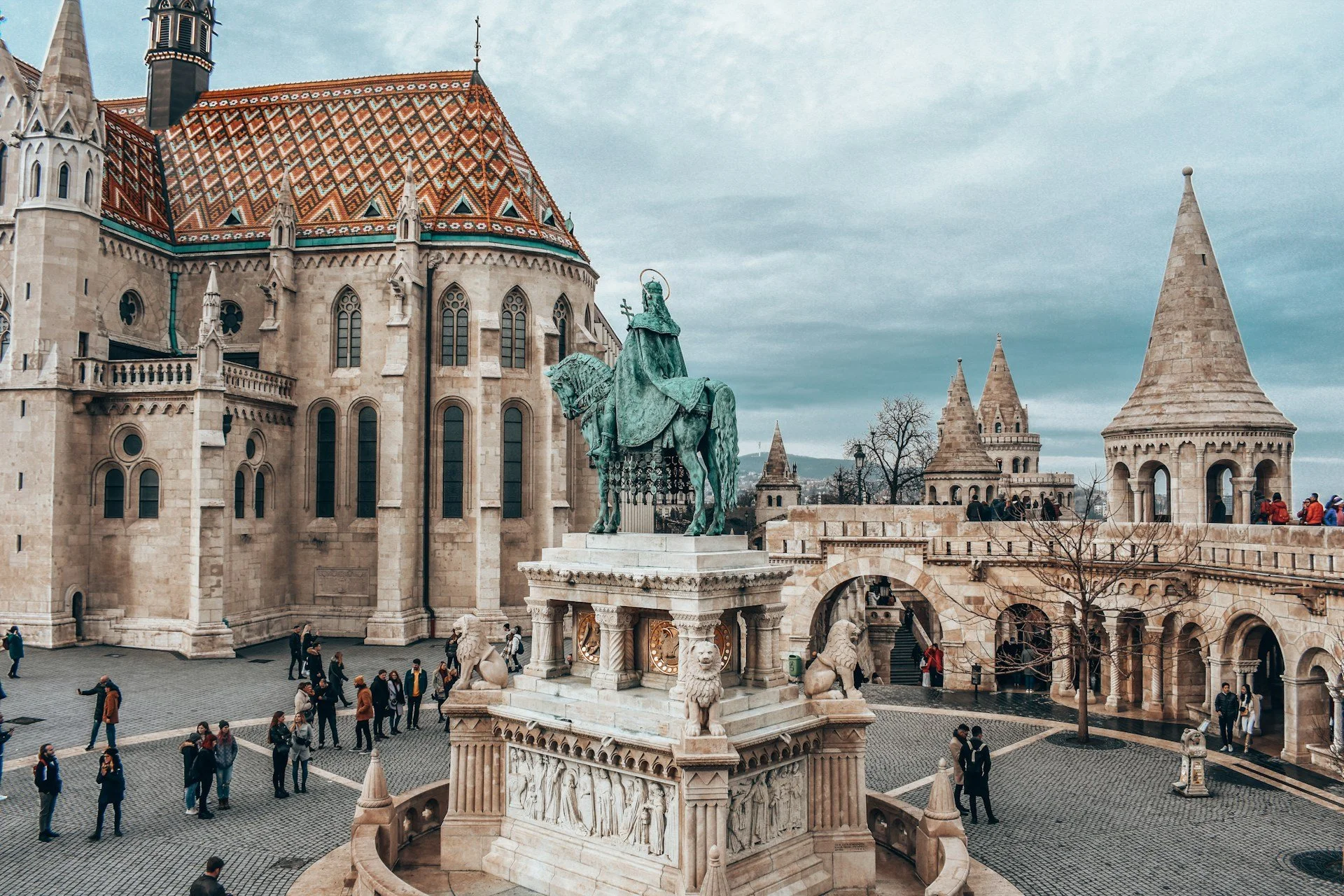

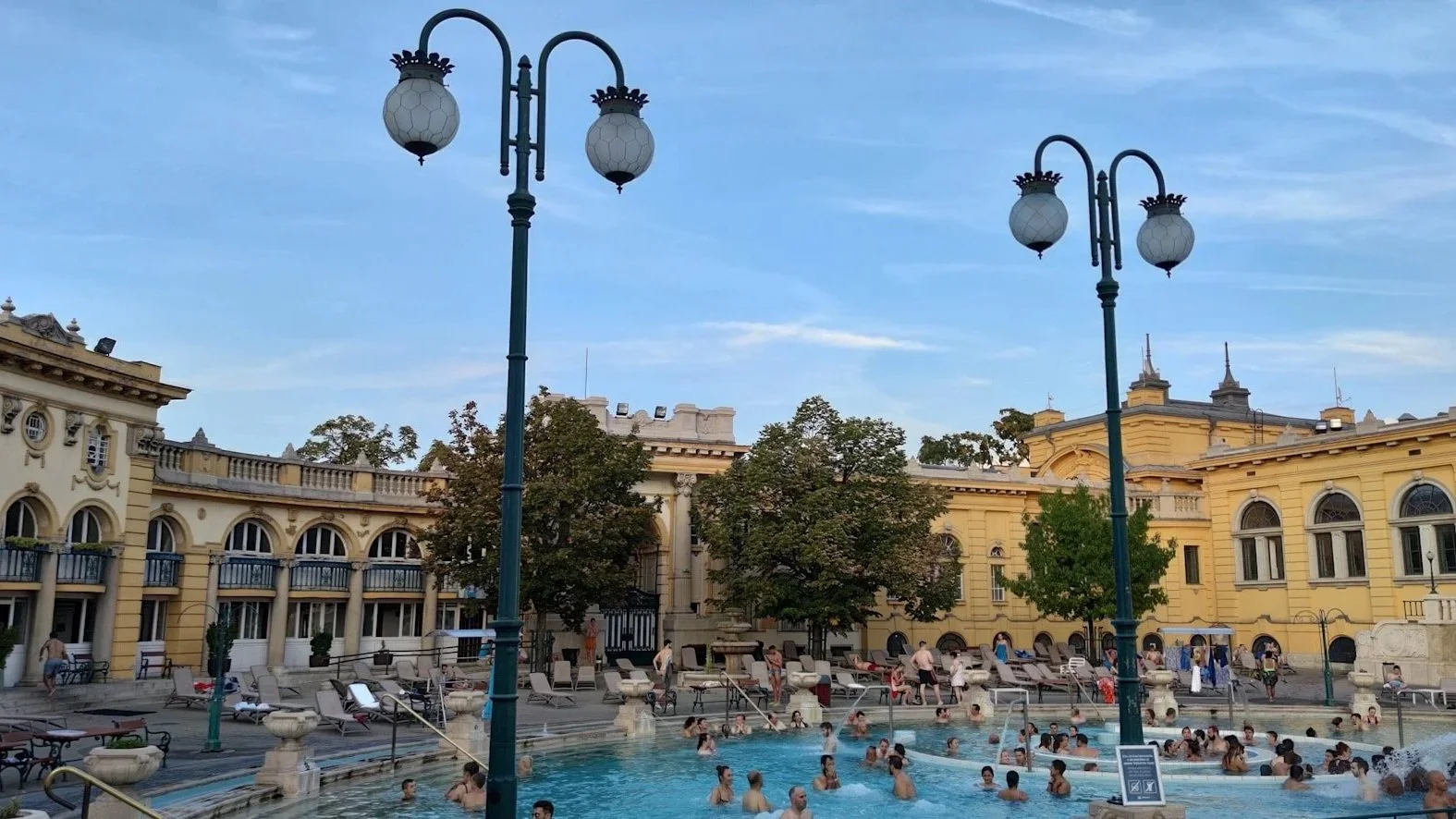

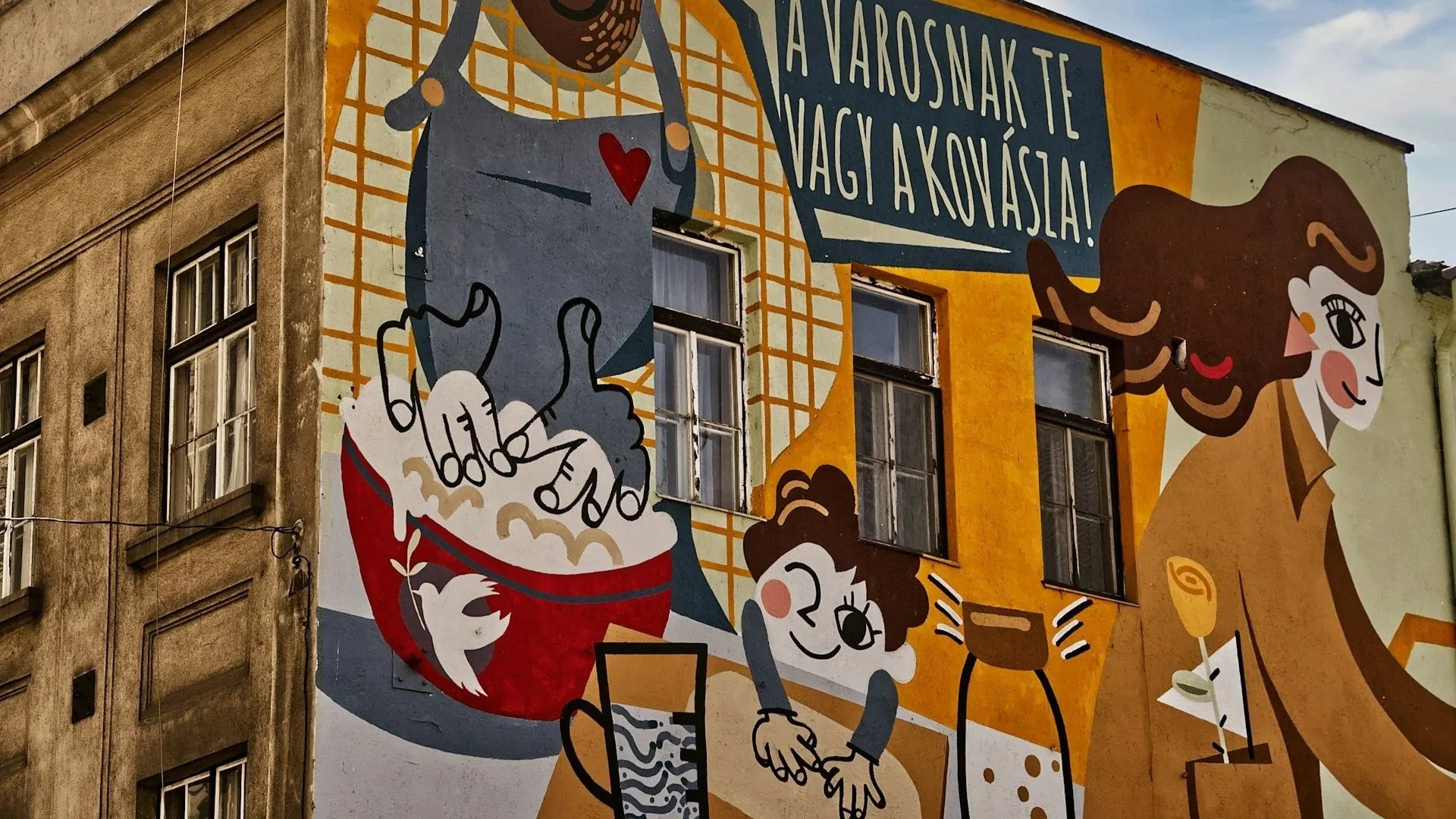
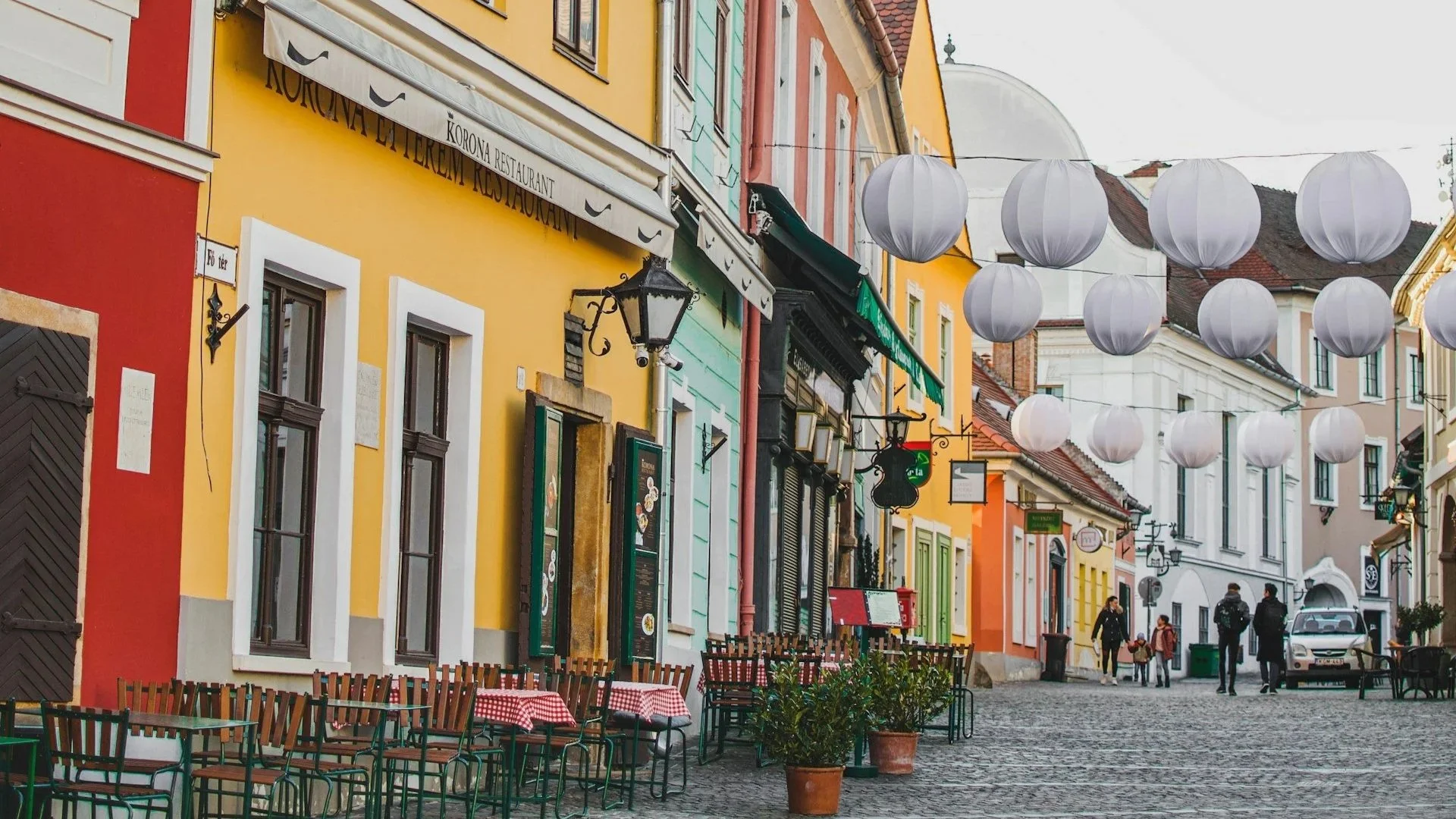


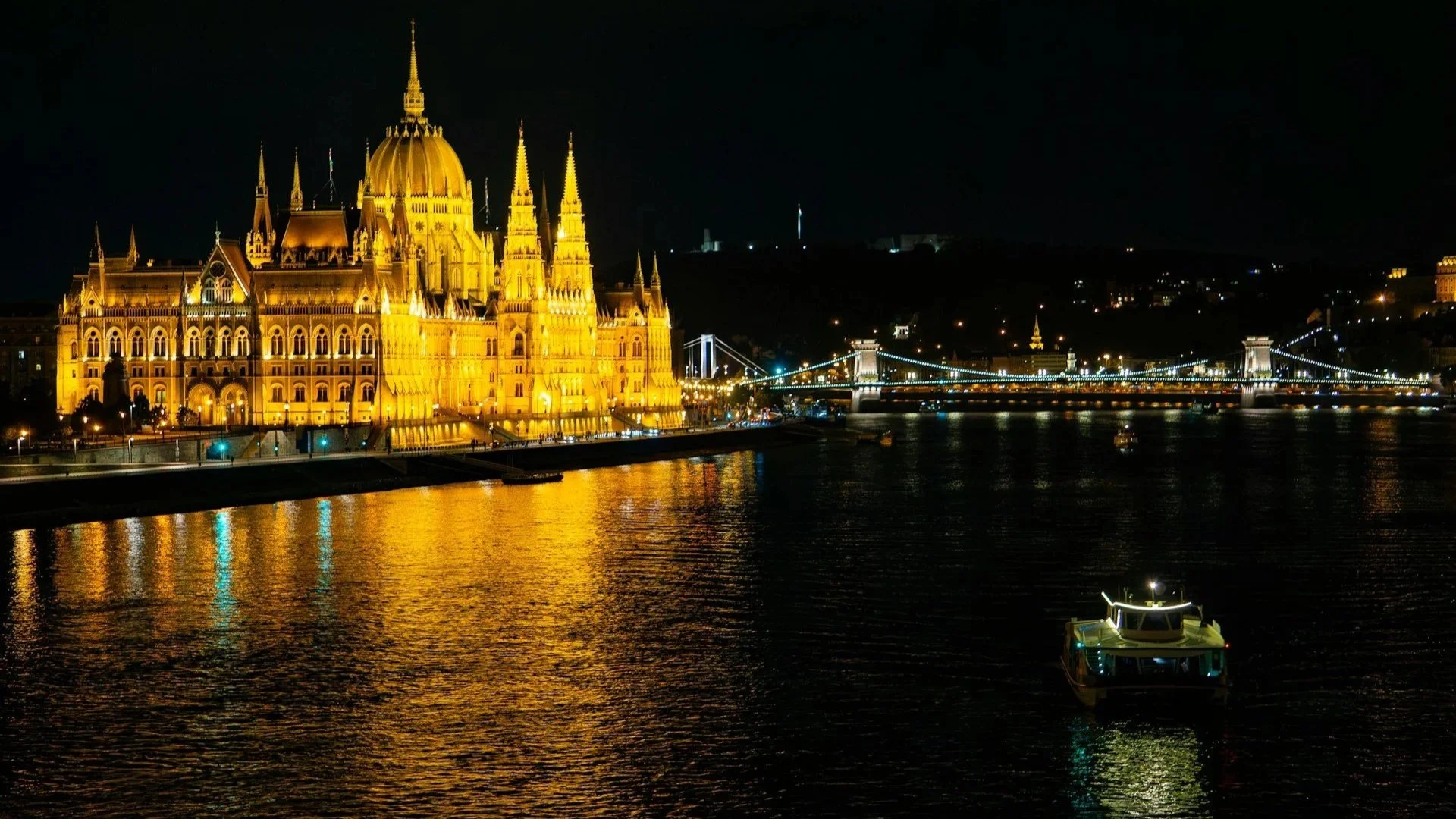




![Malta: A Perfect Winter Escape [30+ Things to Do]](https://images.squarespace-cdn.com/content/v1/66a0027a6c5f4a0a5bcf917b/c65721fa-a81f-4f63-9f7a-efbde74c98b6/DSCF1149_IG.jpg)
